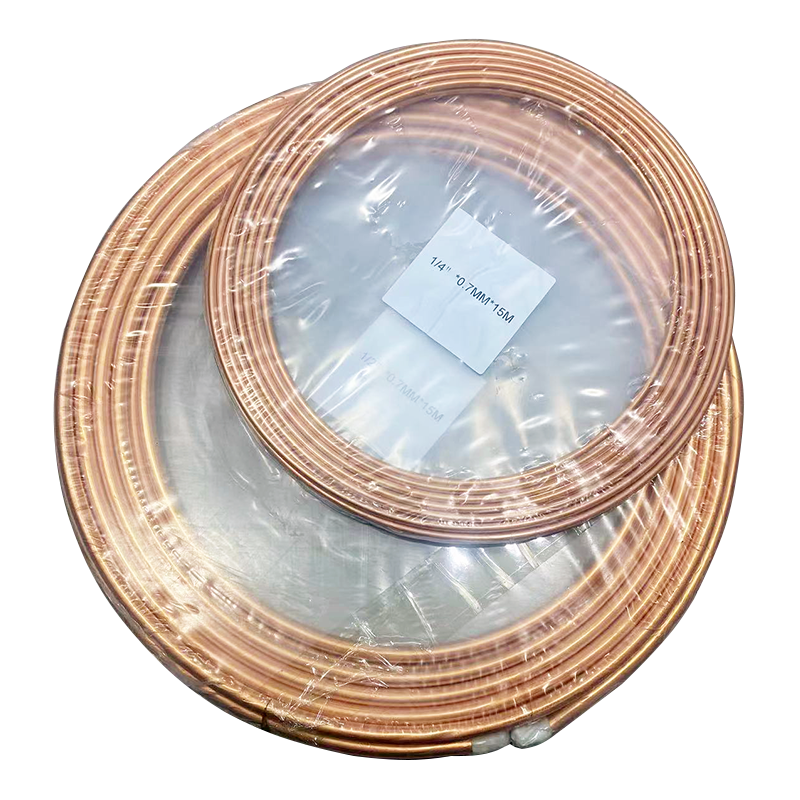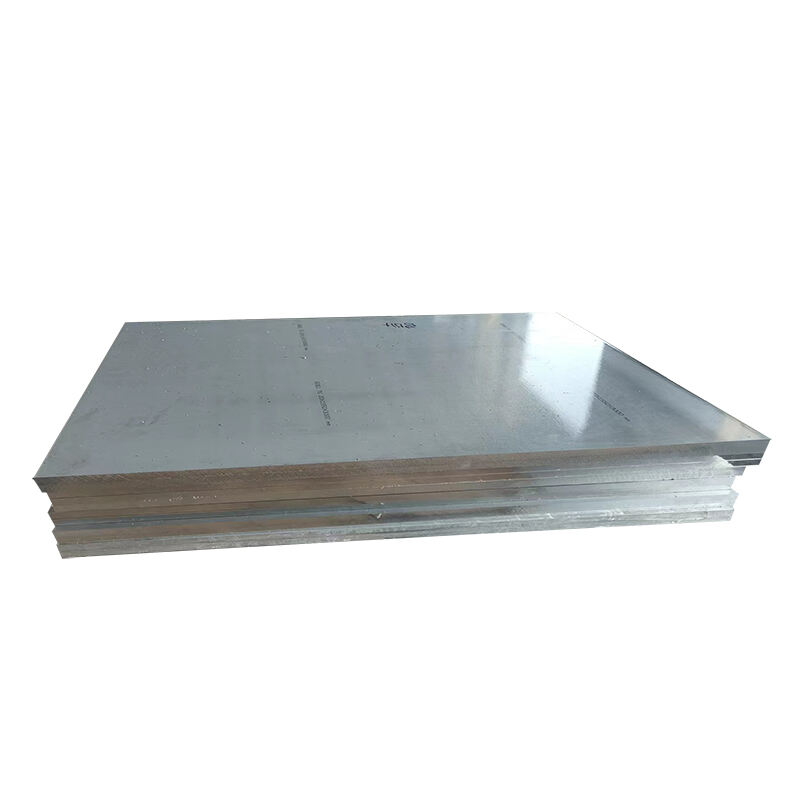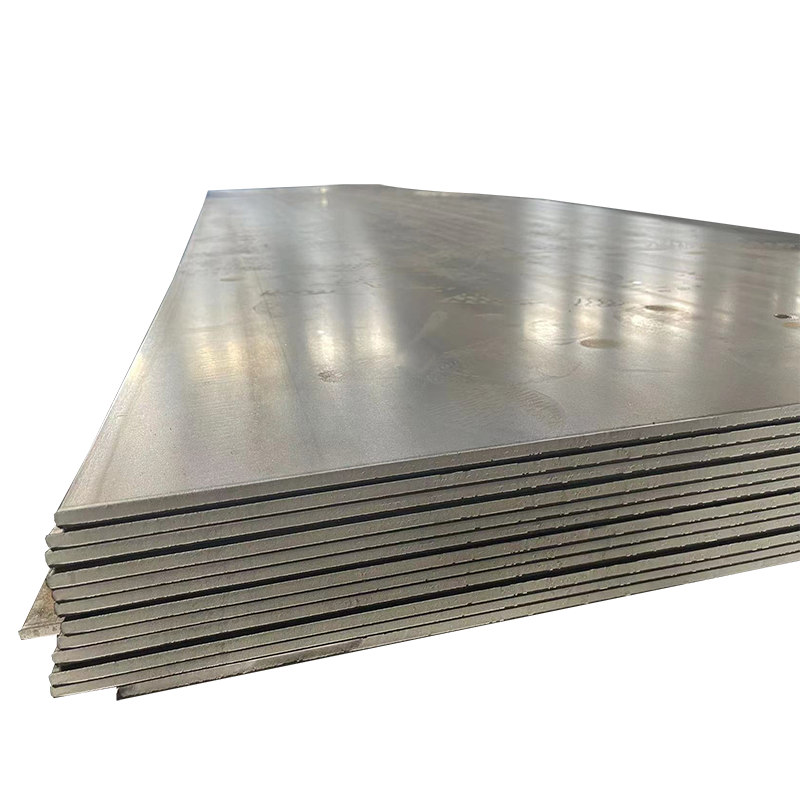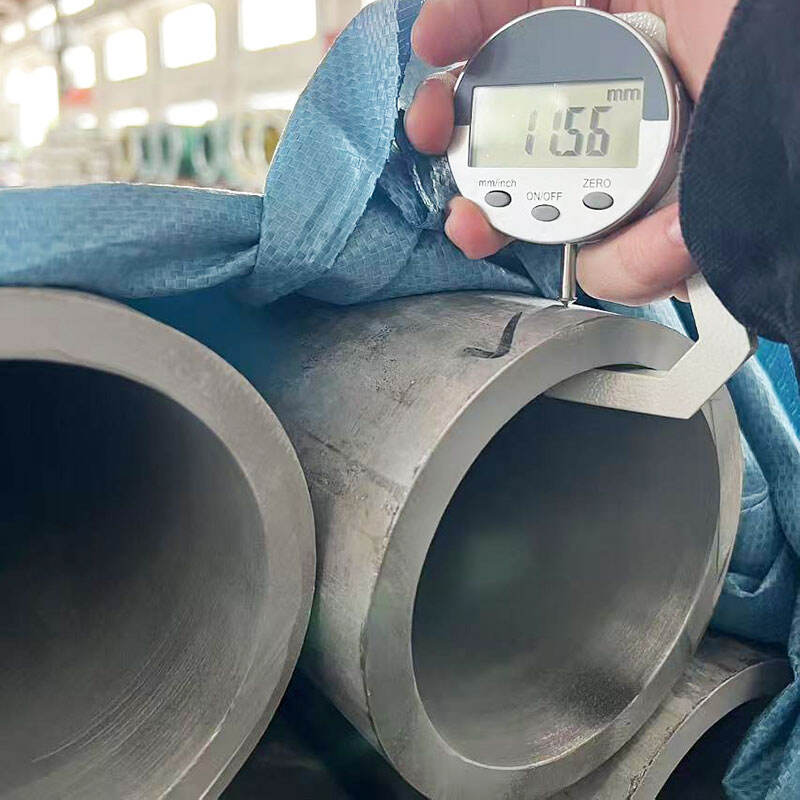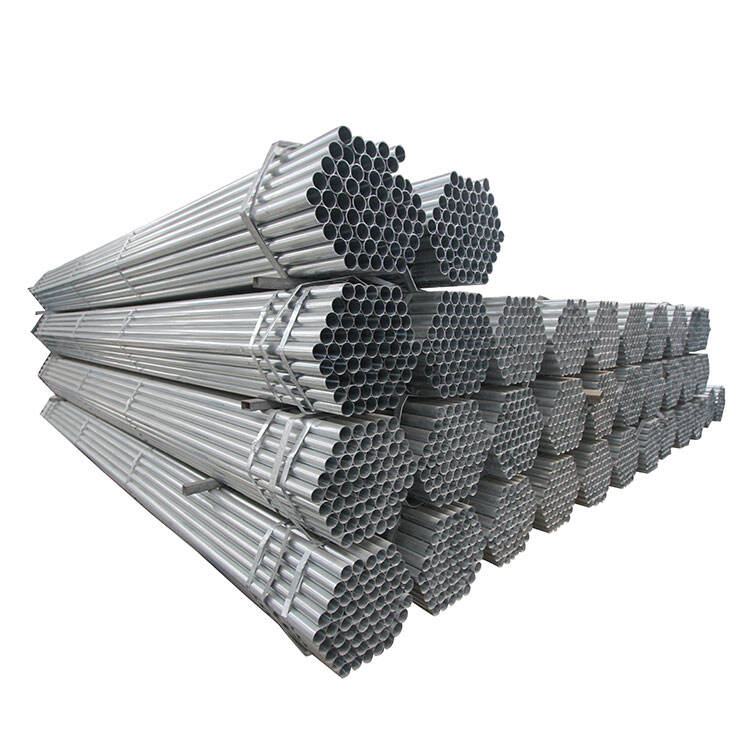Versatile Processing Capabilities
The exceptional processing capabilities of carbon steel plate make it a highly adaptable material for various manufacturing requirements. Its excellent machinability allows for precise cutting, drilling, and shaping using standard tools and equipment, reducing production time and costs. The material's superior weldability enables strong, reliable joints without the need for specialized welding procedures or expensive filler materials. Carbon steel plates can be formed into complex shapes through various methods including bending, rolling, and pressing, while maintaining their structural properties. The material responds well to heat treatment processes, allowing for customization of mechanical properties to meet specific application requirements. This versatility in processing extends to surface finishing options, including painting, galvanizing, and other protective coatings, ensuring optimal performance in different environmental conditions.


